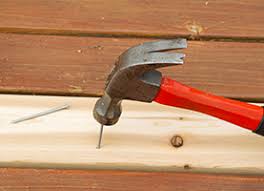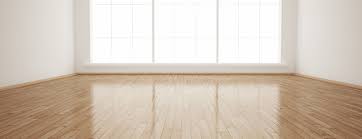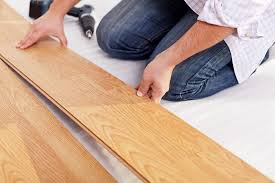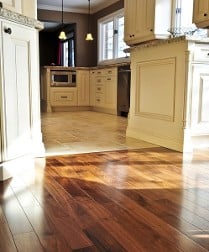Hardwood flooring is available either finished or unfinished, and the choice is usually a matter of time and convenience. Pre-finished has a higher price point, but it is ready for use as soon as it is installed. Unfinished hardwood will need to be sanded, stained, and then have a protective finish applied (and this all has to dry) before use.
If you run into rips or tears in carpeting, they can be very tricky to repair, but that’s less of a problem with hardwood floors. Since they’re made in individual pieces, it’s easy to either repair the damage, or just replace that one piece instead of the whole floor.
In traditional refinishing, sanding (when done correctly) will restore the species’ grain, which is one of the most beautiful aspects of hardwood flooring. The wood is then sealed to protect the wood and bring out its natural color and shine.
When attempting to repair or restore your hardwood flooring, it's important to properly prepare the area first. Whenever possible, move all furniture out of the room.
When the task involves refinishing an old or antique wood floor, we will use the least invasive method. To determine this, we need to see what type of wood was used and determine the thickness. We will then choose the best removal process that prepares the floor for the new finish.
One benefit of having your hardwood floors professionally refinished is that they will be able to sand in such a way to achieve the best possible surface with zero damage. The refinishing professional will begin with coarse-grit abrasives to remove most surface scratches and then use abrasives that are gradually finer until the desired degree of smoothness is reached.













